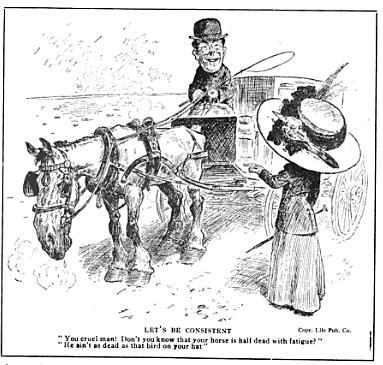Next week (spring break, celebrate!) my family and I are traveling to the country where I grew up, the Dominican Republic. It will be my first time back in 25 years, and I have been feeling a whirlwind of emotions.
I remember a country of unreliable electricity and questionable running water… of beaches shut down when needles washed up… of balmy hurricanes… of orange streetsellers crowding onto the main drag to loudly advertise “Chinas para las chinas.” (A clever pun on their part—“china” is both the slang for oranges and the word for Chinese females—but I did not appreciate it.)
I also remember (and this is getting back to the subject at hand) that my family killed its own chickens for dinner. Right in the kitchen. A body flapping without a head. It was so shocking that I remember just turning away in confusion. Of course we eat chickens, of course they must first be killed in order to be eaten, of course there is no prepackaged chicken in the D.R., so of course one must kill it oneself. Right in the kitchen.
I can hear you cringe. Please step away from your lunch before you read on.
Below is a 1920 article from Popular Science Monthly, featuring the novel invention of a home guillotine, “especially adaptable for use by women, who…are not usually skilled in chicken-killing.”

Because you know who’s really good at killing chickens?
This dude (July 1919, Popular Science):

I am left thinking of the radical depreciation of chicken-life that now allows us to find such exhibitions of chicken-killing distasteful (if not downright nauseating) while maintaining our comfortable traffic in chicken flesh.
I must pack for my trip.













